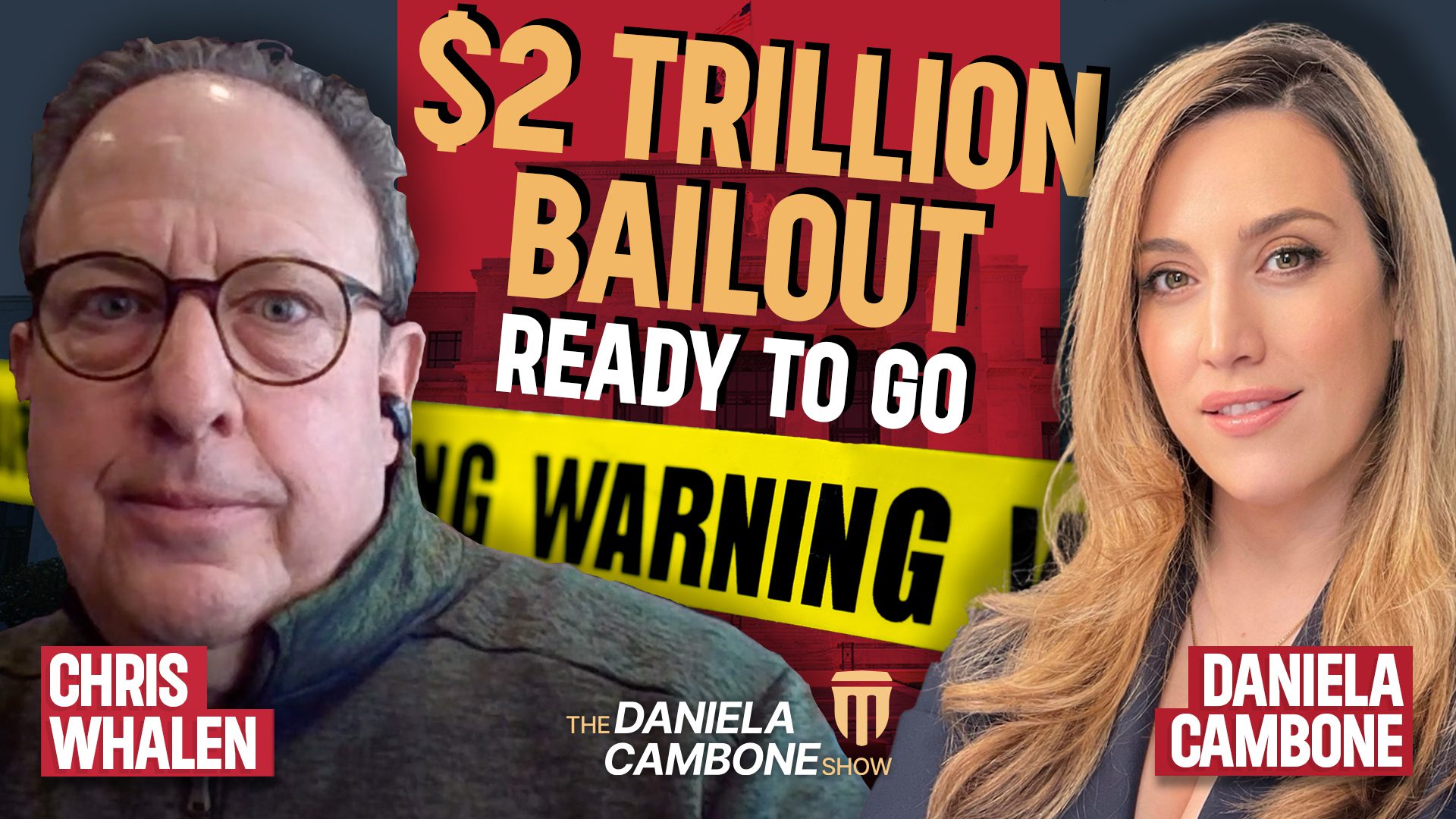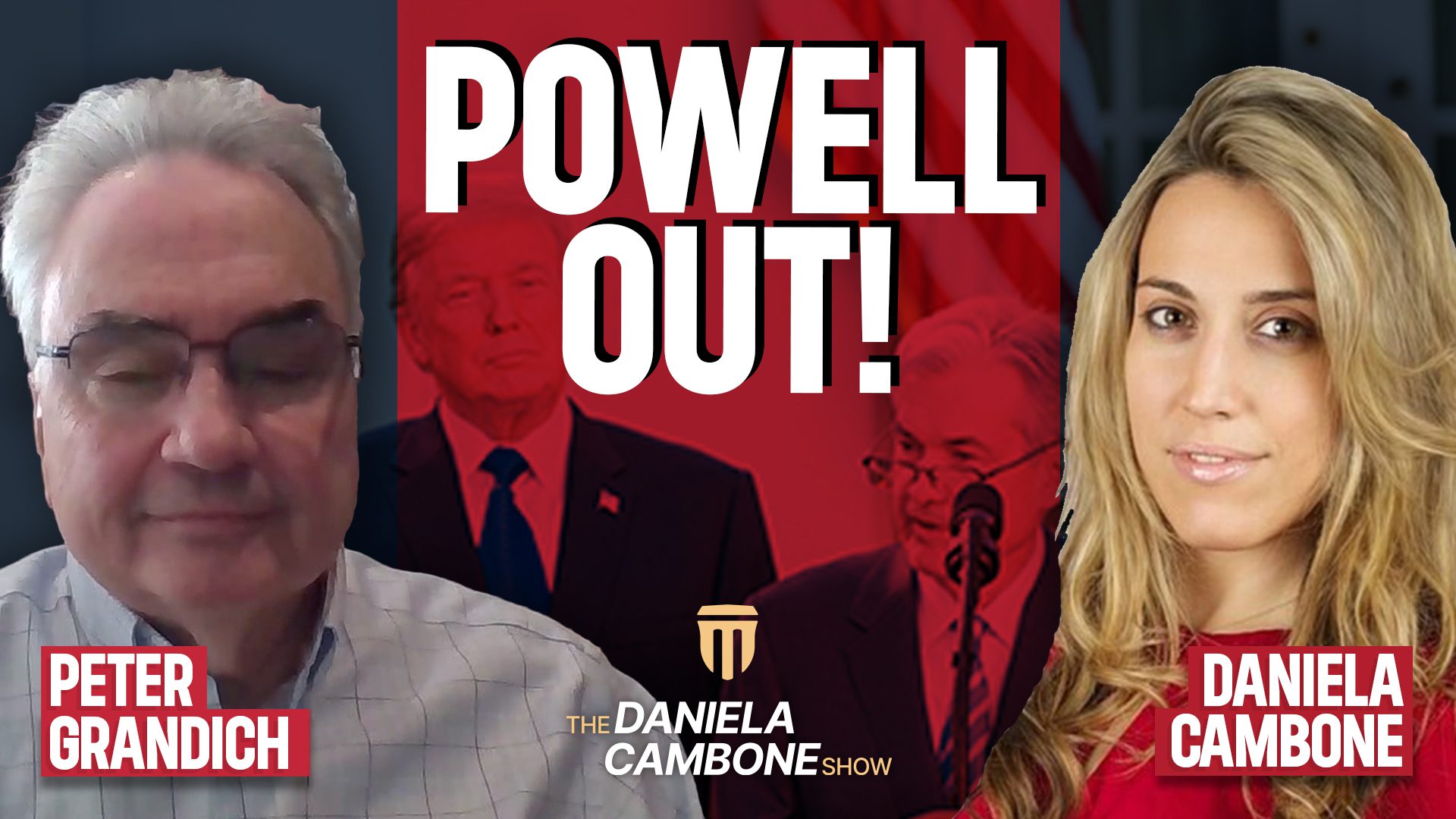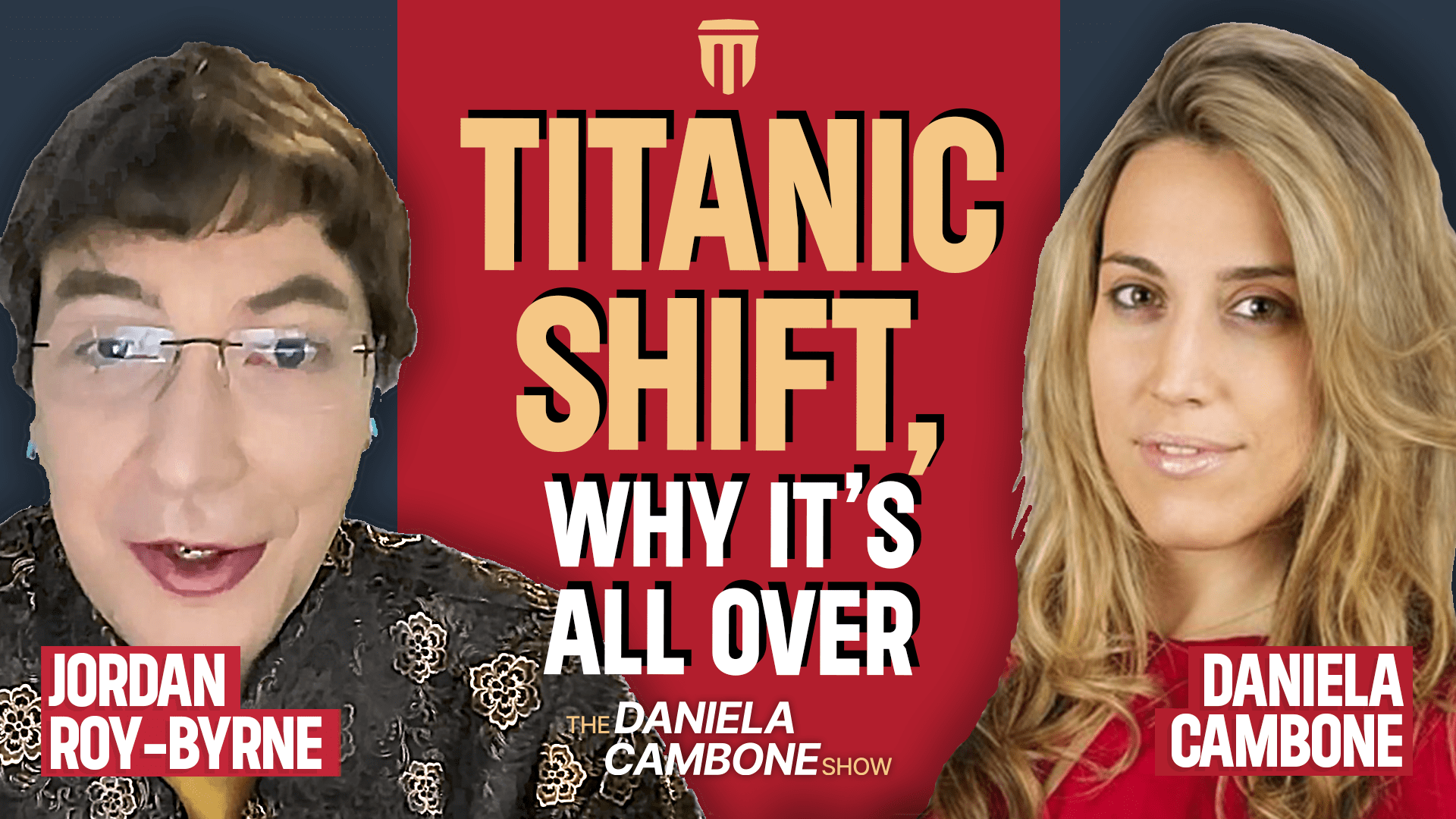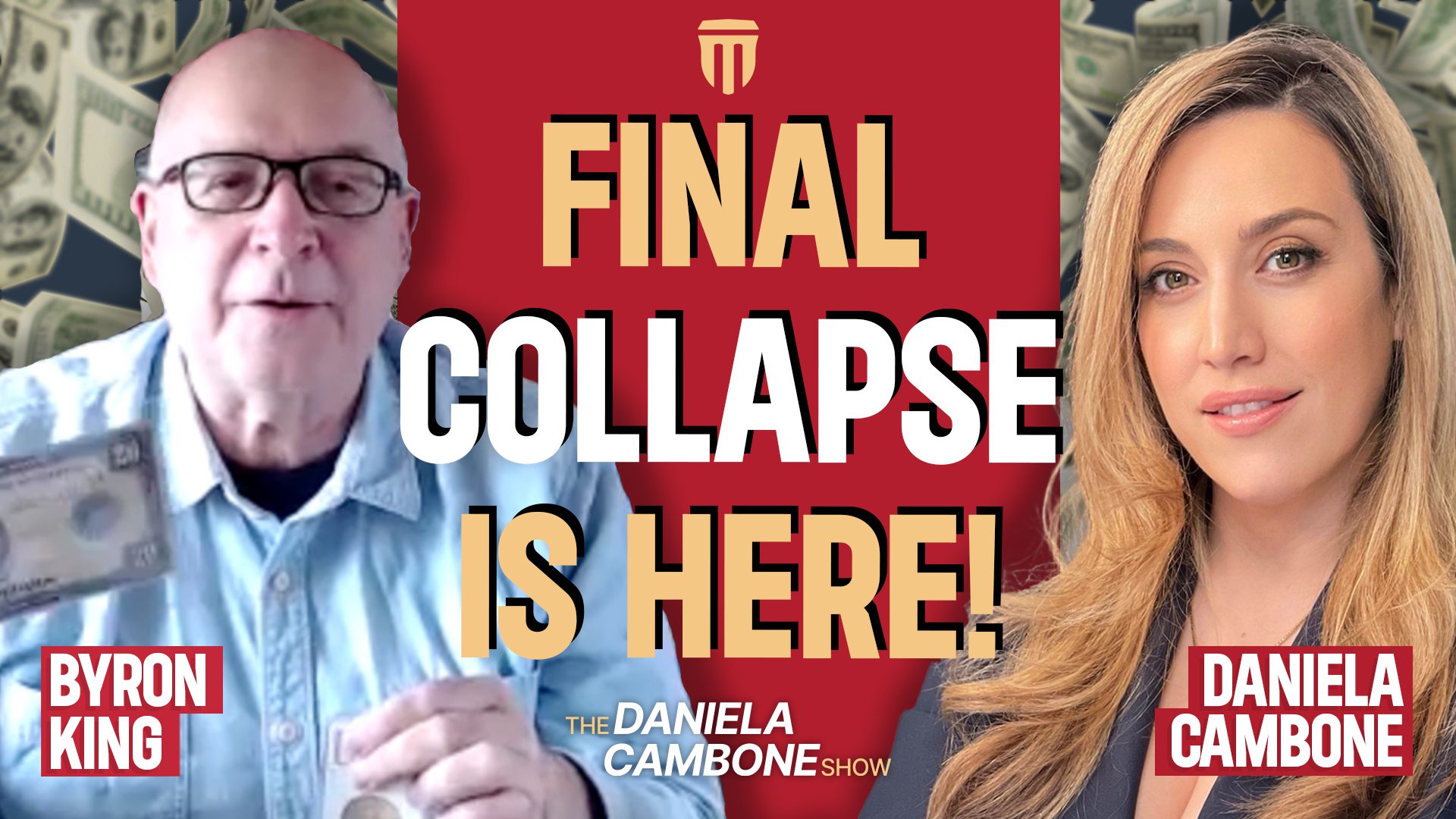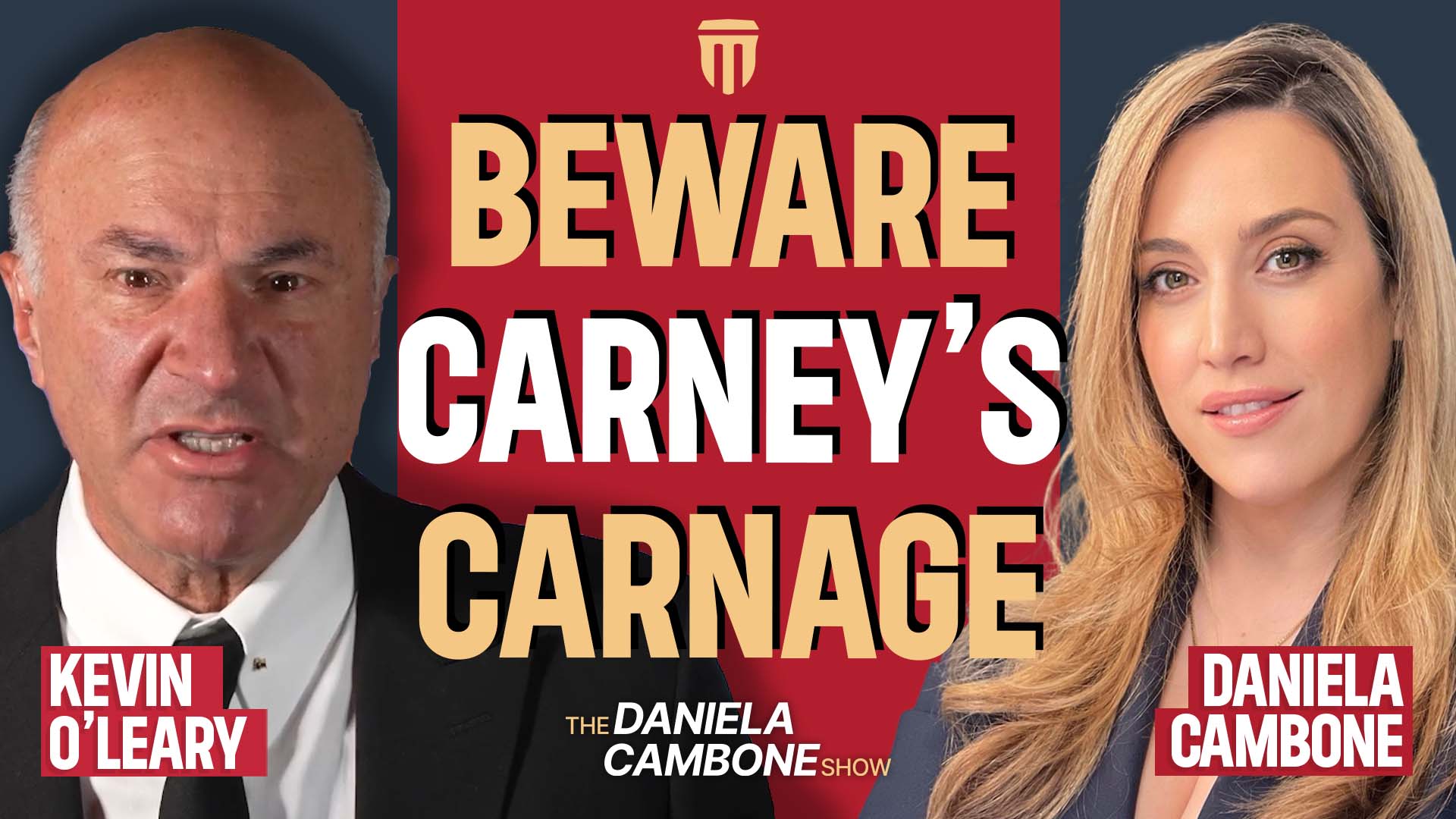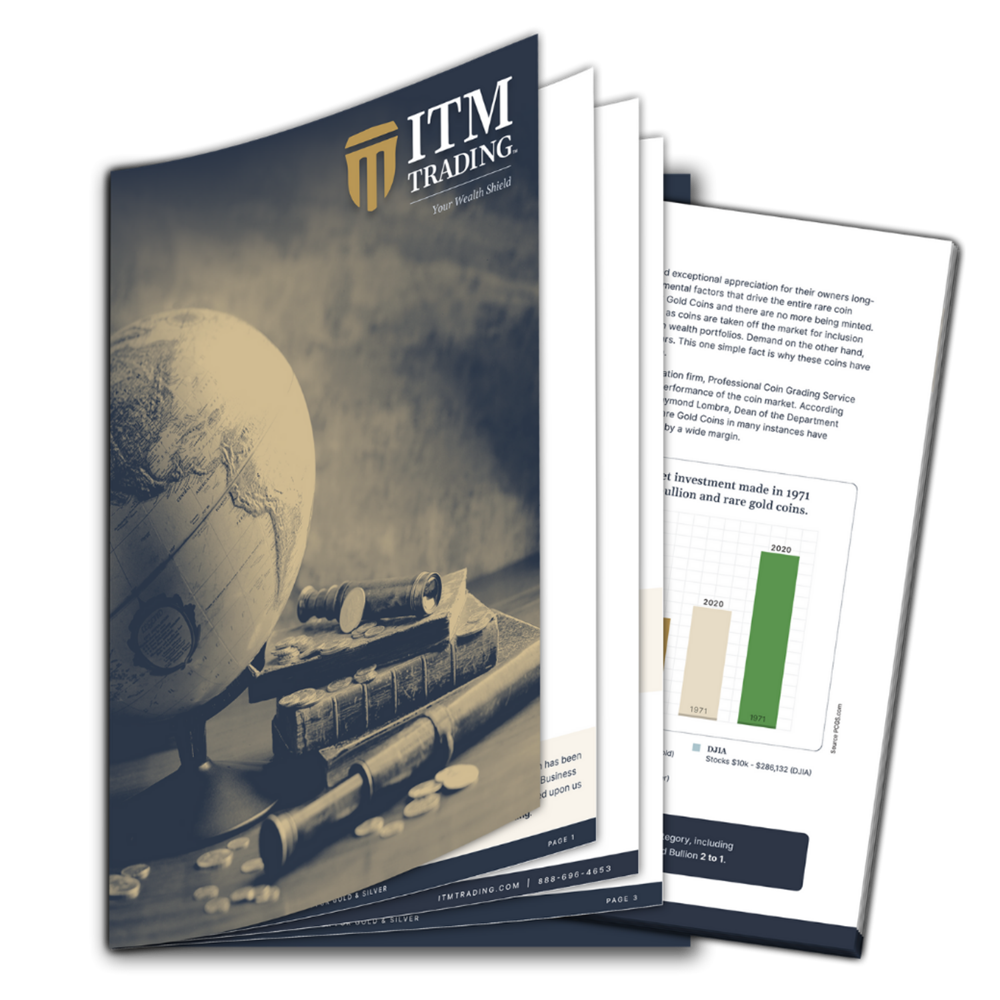Alchemy, Magic and the Federal Reserve

While it was the objective of alchemists of old to transform some base metal into some precious metal, since 1933 the Federal Reserve has done one better. It creates money from thin air. Oh, but I exaggerate, the Fed doesn’t waste its time with thin air, it creates money out of nothing at all.
Some years ago John Kenneth Galbraith lamented, “The process by which banks create money is so simple that the mind is repelled.†Those words are increasingly meaningful today in the face of a continually mushrooming Federal Reserve balance sheet.
Currently the rates are artificially low. The real trouble starts when interest rate begins to rise. Like the tide in the famous analogy of the pitcher that drops one drop of water on to the pitchers mound in Fenway Park and then doubles it every minute thereafter. It takes a mere 49 minutes to fill the stadium, and over three quarters of the stadium fill in the last five minutes. I believe in one of the analogies the observers (you and me) are chained to one the top seats Glug, Glug!
The rate of money injection into the financial system has been indeed alarming and in an effort to maintain the system, the Fed has remained eternally vigilant, employing the classic process called “fractional reserve banking†via the payment of interest on bank excess reserves.
By paying an interest rate on bank excess reserves, the Federal Reserve controls the cash it “magically†forces into the system with large doses of quantitative easing, so it does not circulate and spread its contagion – yet (did I say that out loud?) After all, the process of quantitative easing did help constrain long-term Treasury and mortgage rates. At least it blunted any sudden explosion of rates that might have frightened the public, even if it was unable to stem the tide of the more subtle erosion of our dollars purchasing power courtesy of the Federal Reserve.


